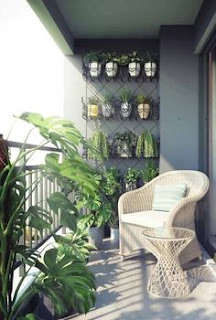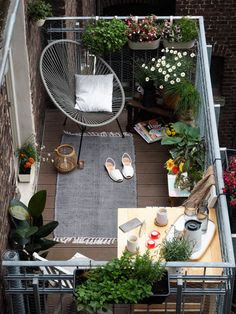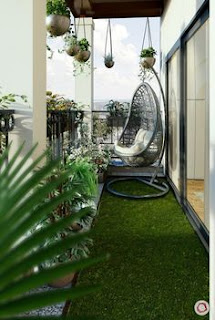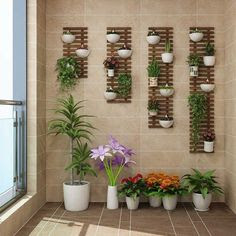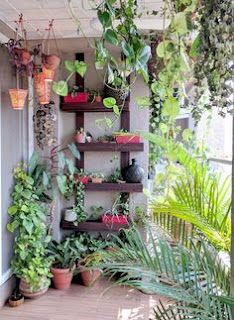When it comes to growing tomatoes successfully, one major problem that we face is a good plant with lots of lush foliage, and flowers, but no fruits. There are various factors that affect the fruiting of your plants and these include temperature, soil, poor growing conditions and improper watering.
Read till the end to get a good insight on the various factors that lead to poor fruit production in your tomato plant.
Lots of flowers, but no fruits in the tomato plant.
If you have a good foliage along with a lot of flowers in your plant, but no tomato formation, then this might be due to the following 3 reasons.
Lack or insufficient pollination: Poor pollination is one of the common factors that cause improper fruiting in tomato plants. To improve pollination, in places where you can attract natural pollinators, try using artificial ways of pollination. Here are a few examples of artificial pollination methods.
Try using an electric toothbrush to generate a good vibration that induces pollination.
Use pollination spray to produce fruits. These pollination sprays also known as blossom hormone sprays induce fruit production even in flowers that are not pollinated. These fruits will have the same taste and appearance, but will not have seeds.
Wrong type of fertilizer: Potassium is one of the major factors required for good production of tomatoes. Feeding your plants with insufficient fertilizer of the wrong type of fertilizer will decrease or cease productivity. To keep your tomato plants well fed you can also make your own fertilizer.
Fungal diseases: Botrytis which is a common fungal disease affecting tomato plants will also cause the flowers to drop and hence there will be lack of fruit production.
No tomatoes on plants with lush foliage.
A good green foliage on the plants is a sign of a healthy plant, but no tomatoes on it may be due to 3 main reasons.
Insufficient direct sun: Direct sunlight for around 6 to 8 hours is highly essential for tomato plants to bear lots of tomatoes. If your plant is in a location that does not satisfy this need of the plant, shift it to an appropriate location immediately. It will take a few days for the plant to adapt to the new conditions and begin fruiting.
Improper watering: Water is the next important factor for successful tomato production. Improper and inconsistent watering will lead to flower drops and thus no production of tomatoes. Tomato plants love a lot of water and so watering them adequately will help increase yield.
Choosing the wrong variety: There are certain varieties of tomato plants that grow well in certain climates. For example in an extremely hot climate of above 30 degree celsius during the day, choosing a heat-tolerant variety of tomato is highly recommended. This is because intense heat can prevent the plants from producing tomatoes, by making the plants drop flowers or in certain cases there will be no flower production itself.
Caring for your tomato plants is also highly essential to produce good yield. Know these rare tips that can help you produce greater yield from your tomato plants.













